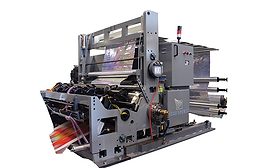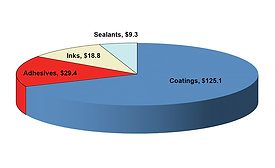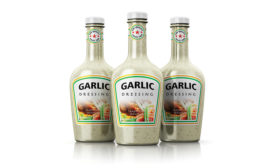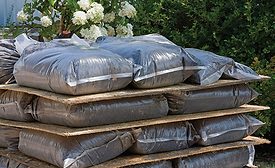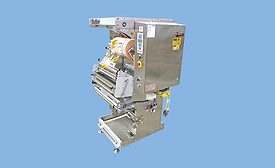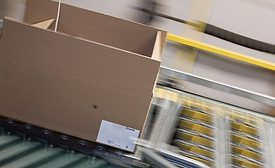Home » sealants in packaging
Articles Tagged with ''sealants in packaging''
Ebeam technology continues to become more recognized as a safe and effective crosslinking and curing option.
Read More
Bostik Receives Supplier Innovation Award
Bostik recently announced it has received American Packaging Corp.’s (APC) first Supplier Innovation Award.
May 2, 2016
Top 5 News that Sticks
News About RPM’s Acquisition Again Receives Most Interest
Readers were most interested in news about RPM’s acquisition for the second consecutive week.
March 21, 2016
Market Reports
European Waterborne Adhesives, Active and Intelligent Packaging, Construction Chemicals
The waterborne adhesives market in Europe was estimated at $3.26 billion in 2014 and is projected to grow at a compound annual growth rate (CAGR) of 5.8%.
March 1, 2016
Market Trends
Coatings, Adhesives, Sealants and Inks Continue to Grow
The global consumption of coatings, adhesives, sealants and inks (CASI) is being driven primarily by construction applications.
March 1, 2016
Market Trends
UV-Curable Ink Applications Increase
Growth in the UV-curable ink market is being spurred by increased use in food and beverage packaging.
February 1, 2016
Market Trends
Convertible Flexible Packaging Demand Increases
Growth areas for flexible packaging include both food and nonfood applications.
February 1, 2016
Increasing Production Marketing, Uptime and Throughput in Packaging Applications
Automatic splicing machines can ultimately provide greater line profitability.
February 1, 2016
Case Study
Failure-Free Gluing for Custom Boxes
A corrugated converter cuts defects to near zero and increases output and customer satisfaction with new gluer, detection, and trim systems.
February 1, 2016
Hot-Melt Adhesive System Solution
New melting technology provides savings by eliminating traditional hot-melt challenges.
January 4, 2016
Keep the info flowing with our eNewsletters!
Get the latest industry updates tailored your way.
JOIN TODAY!Copyright ©2024. All Rights Reserved BNP Media.
Design, CMS, Hosting & Web Development :: ePublishing
